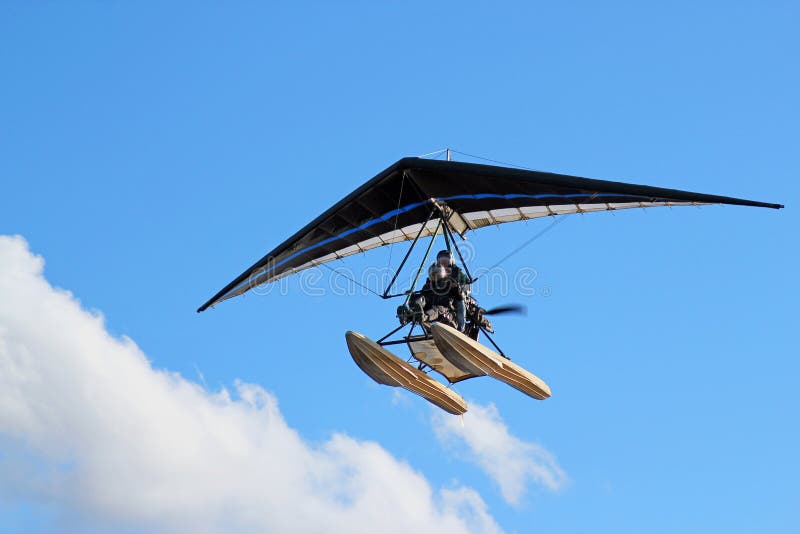

In the first, multi-institutional meteorological field campaign focusing on mountain waves-the Sierra Wave project in 1951– (revisited by Grubišić and Lewis 2004)-sailplanes equipped with meteorological instrumentation played a leading role. The first systematic investigation of mountain waves goes back to experiments with sailplanes ( Küttner 1938). Long-distance flights without engine support are possible when the flow crosses elongated mountain barriers like the Andes. On the other hand, the updrafts caused by mountain waves allow sailplanes to gain significant height in a short amount of time. The modeling of mountain waves is thus important for air traffic management and flight safety. 2015 Sharman and Lane 2016 Bramberger et al. Mountain wave research goes back to the early twentieth century ( Smith 2019) and gained increasing relevance with the rise of aviation in general, as turbulence above and in the lee of mountains cause hazards for aircraft (e.g., Strauss et al. The horizontal and vertical wavelengths, magnitude of vertical air velocity, and propagation characteristics of these waves depend on the upstream flow velocity and direction, the thermal stratification of the atmosphere, and the shape of the local orography ( Lin 2010). Strong atmospheric flow over mountains excites gravity waves that propagate into the lee and up to high altitudes. The case study provides a meaningful example of how data from soaring flights might be utilized for model validation on the mesoscale and within the troposphere. As an exemplary case study, we compare measurements on 11 September 2019 to a high-resolution numerical weather prediction model. Altogether, 41% of the flights are in weak, 14% in moderate, and 0.4% in strong mountain wave conditions according to thresholds for the measured vertical air velocity. Probability density functions of vertical air velocity, turbulence kinetic energy (TKE), and dissipation rate complete the statistical analysis. We present histograms of flight altitude, airspeed, wind speed and direction, temperature, and relative humidity to document the atmospheric conditions. We present statistical analysis of the observations, discriminating pure motor flights from soaring flights in the lee waves of the Andes. As part of the Southern Hemisphere Transport, Dynamics, and Chemistry (SouthTRAC) field campaign, 30 research flights were performed from September 2019 to January 2020. The accuracy for the measurement of the wind vector is estimated to be on the order of 0.5 m s −1. We give a description of components and installation of the system, its calibration, and its performance.


By design, the system provides three-dimensional wind vector data that enable the analysis of atmospheric motion scales up to a temporal resolution of 10 Hz. A Stemme S10-VT motor glider was equipped with a newly developed sensor suite consisting of a five-hole probe, an inertial navigation and global navigation satellite system, two temperature sensors, and a humidity sensor.


 0 kommentar(er)
0 kommentar(er)
